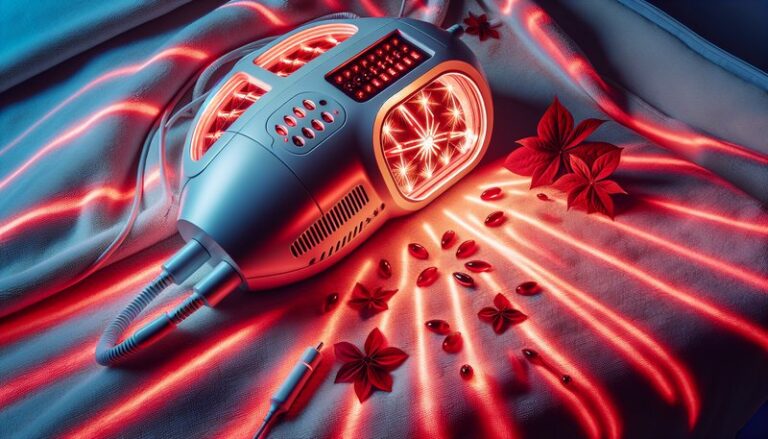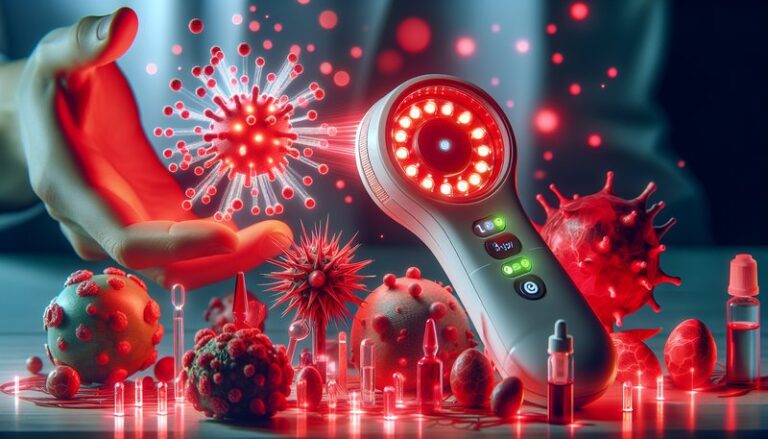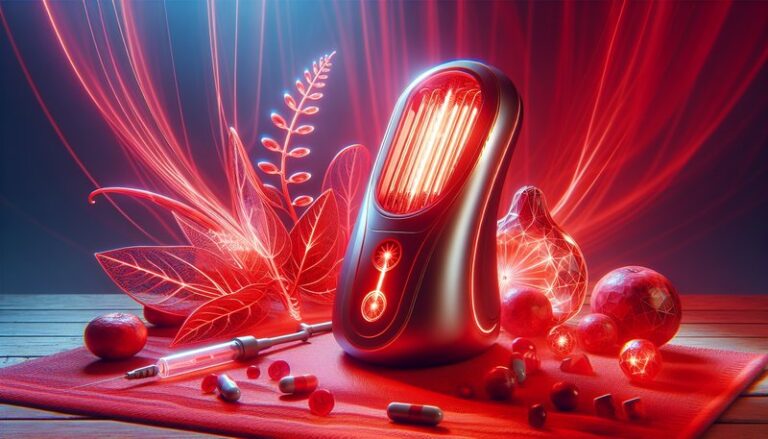How Often To Do Red Light Therapy?
Are you curious about how often you should use red light therapy to achieve the best results?
This article will delve into red light therapy, outlining its benefits, the optimal frequency for treatment sessions, and considerations to keep in mind when starting this innovative therapy. We’ll also cover alternatives and answer frequently asked questions to give you a comprehensive understanding of red light therapy.
Key Takeaways
- Frequency is key: Using red light therapy consistently can enhance its effectiveness.
- Individual needs vary: Factors like skin type, goals, and treatment area influence session frequency.
- Listen to your body: Pay attention to how your body responds to red light therapy, adjusting frequency accordingly.
What is Red Light Therapy?
Red light therapy, often referred to as low-level laser therapy (LLLT), is a non-invasive treatment that uses specific wavelengths of light to promote healing and rejuvenation in the body. This therapy stimulates cellular activity in the skin, muscles, and deeper tissues, offering a range of therapeutic effects.
Red light typically falls within the 600 to 650 nm wavelength range, while near-infrared light operates at 800 to 900 nm. These wavelengths penetrate the skin at varying depths, encouraging cellular repair, reducing inflammation, and improving circulation. As a result, red light therapy has garnered attention for its potential applications in anti-aging, wound healing, pain relief, and more.
What are the Benefits of Red Light Therapy?
Red light therapy offers numerous benefits that can enhance overall health and well-being. The following points highlight its key advantages.
Improved Skin Appearance
Red light therapy stimulates collagen production, which helps to reduce wrinkles, fine lines, and age spots. With regular sessions, users often report a smoother and more youthful complexion.
Pain Relief and Reduced Inflammation
Research suggests that red light therapy can alleviate pain by reducing inflammation in conditions such as arthritis and muscle soreness. It encourages cellular repair and regeneration, contributing to pain management.
Faster Wound Healing
This therapy has been found to expedite the healing process for various types of injuries. By promoting cellular regeneration and reducing inflammation, it can be particularly beneficial for athletes recovering from injuries.
Increased Energy and Performance
Some studies indicate that red light therapy may enhance global energy levels and athletic performance by increasing ATP production in cells. This boost in energy can lead to improved workout performance and overall stamina.
Enhanced Mood and Sleep Quality
By influencing the body’s melatonin production, red light therapy can improve sleep quality and regulate circadian rhythms, positively affecting mood and overall mental health.
Is it Possible to Overuse Red Light Therapy?
While red light therapy is generally considered safe, overuse may lead to diminishing returns or skin irritation. Finding the right balance in frequency is essential to achieve optimal benefits without negative side effects.
What are the Advantages of Regular Use?
Regular sessions can maximize the therapy’s benefits, leading to quicker results, sustained improvements, and long-term health gains. It can also help establish a routine that encourages better self-care practices.
What are the Disadvantages of Overusing?
Excessive exposure could irritate the skin, leading to redness or discomfort. Additionally, overusing the therapy may hinder its efficacy, as the body needs time to adequately respond to the treatment.
What are the Things to Consider Before Starting Red Light Therapy?
Before starting red light therapy, there are several important considerations to take into account.
Determine Your Goals
Identify what you hope to achieve with red light therapy, whether it’s improving skin appearance, alleviating pain, or enhancing recovery. Your goals will significantly impact the recommended frequency.
Consult a Professional
Speak with a healthcare provider or certified practitioner to discuss your individual needs, potential contraindications, and tailored recommendations.
Skin Sensitivity and Condition
Take note of any existing skin conditions or sensitivities you may have. Certain conditions could affect how your skin responds to red light therapy.
Time Commitment
Consider the time you can realistically dedicate to regular sessions. To see results, consistent treatment is often essential, requiring commitment.
What are the Alternatives to Red Light Therapy?
If red light therapy isn’t the right fit for you, several alternatives can support similar health and wellness goals.
Laser Therapy
Like red light therapy, laser therapy uses concentrated beams of light to treat various conditions. It can be more powerful, making it suitable for deeper tissue treatments.
Microdermabrasion
This non-invasive procedure exfoliates the skin to promote cell turnover, reduce scarring, and improve skin texture. It’s a good alternative for those focused on enhancing their skin’s appearance.
Ultrasound Therapy
Ultrasound therapy utilizes sound waves to promote healing and pain relief. It can be effective for deep tissue treatments and is often used in physical therapy.
Chemical Peels
Chemical peels can help address skin issues such as pigmentation, acne scars, and overall texture. While not comparable to the cellular stimulation of red light therapy, they offer effective cosmetic benefits.
Conclusion: Is it Recommended to Use Red Light Therapy Regularly?
In conclusion, red light therapy can be a highly beneficial treatment when used appropriately. Establishing the right frequency based on individual needs and goals is crucial for maximizing its effects. Always consider consulting with a healthcare provider to ensure this therapy fits your unique health profile.
Learn the whole story Does Planet Fitness Red Light Therapy Work?
Learn everything about Does Red Light Therapy Help Stretch Marks?
Frequently Asked Questions
How often should I undergo red light therapy?
The frequency largely depends on your goals and skin condition. Generally, starting with 2-3 sessions per week is a common recommendation, gradually adjusting based on results.
Is red light therapy safe for everyone?
While generally safe, those with certain health conditions or skin sensitivities should consult a healthcare provider before starting treatment.
What should I expect during a session?
During a session, you typically sit or lie down in front of a panel that emits red light for a duration of about 10 to 20 minutes, depending on the treatment area and goals.
Can I use red light therapy at home?
Yes, there are various at-home devices available. However, it’s crucial to choose high-quality equipment and follow the manufacturer’s guidelines for safe and effective use.
Are there any side effects of red light therapy?
Side effects are rare but may include temporary redness or irritation of the skin. If you experience any discomfort, it’s advisable to reduce the frequency or consult a professional.






